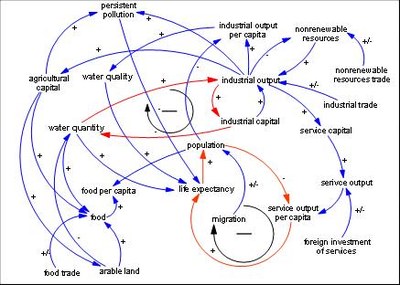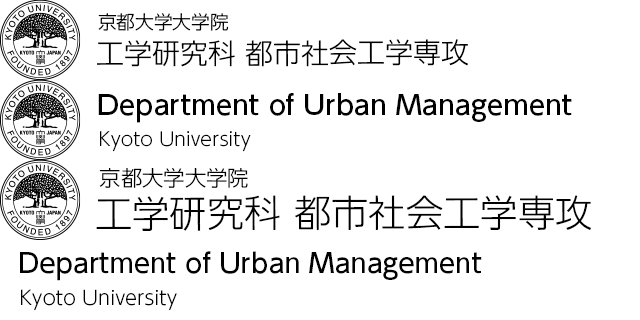Water Resources Engineering
The research is focused on the analyses of interaction among global and local water dynamics and human activities seeking solutions for water resources problems. The current research topics are development of global water dynamics model including social and economic activities, integrated modeling of crop growth process and irrigation systems for advanced dam reservoir operation, and risk management of water-related disasters such as floods and droughts.
Academic Staff
Tomoharu HORI
Professor (Disaster Prevention Research Institute)
Research Topics
Investigation is focused on the establishment of methodology for evaluation and management of water-related risk such as floods and droughts. Current research topics covers design of flood mitigation system considering countermeasures in floodplains, computer modeling of human reactions to disasters, modeling of interrelationship between water supply and demand systems and socio-economic systems.
Contacts
Room S-320D, Disaster Prevention Research Institute, Uji Campus
TEL: +81-774-38-4250
FAX: +81-774-38-4250
Masahumi YAMADA
Assistant Professor (Disaster Prevention Research Institute)
Research Topics
Development of global water dynamics model considering social and economic activities
When thinking about water resources problems, global point of view is indispensable because water circulation, which is a governing phenomena of water problems, is a global scale natural process. It should be also noted that impacts of local water problems can be easily propageted to all over the world by global network of economy. Sources of driving force of global change such as greenhouse gas are widly spread all over the world and then the change cannot be managed by a cuntry or a region effort.
On the contrary, water resources problems are highly regional problems. It is difficult to convey fresh water from one place to another. Rainwater which falls onto ground surface can only move within a catchment scale. Therefore regional-based or community-based point of view is importnat for management of water resources systems.
From these viewpoints, our lab is trying integrative modeling of natural phenomena of water cuirculation and socio-economic phenomena of human actvities under various temporal and spatial scales for the analysis of water resources problems.

Figure 1 Water dynamics model considering water resources, population, industrial and agricultural outputs.
Numerical Crop Growth Model and Advanced Reservoir Operation for Irrigation
Food production requires the huge amount of water. It is important to know the detailed withdraw process of agricultural sectors and the impact of climate change. A numerical crop growth model is developed to estimate water demand for irrigation as well as crop yield according to various climate conditions and water management options. Optimum reservoir operation scheme is designed based on the daily water demand and distribution management processes.

Figure 2 Crop growth and optimum reservoir operation
Flood evacuaiton model considering mental attitude to risk and detailed field information.
There is a growing concern about catastrophic flood disasters, the scale of which exceed the design level of mitigation systems, as a consequence of global warming. Emergency response by residents and community is getting more important to prevent and to mitigate damage caused by large floods. There are also many regions where construction of large scale flood cntrol facilities is difficult for geographical, ecomical or environmental reasons.
A computer model to simulate residents' evacuation is being developed. The system comprises mainly three part: a mental decision process model, a moving model and a communication process mode. The mental model treats the resident's decision about action based on their attitude to the flood risk and obtained information. The moving model simulate people's action of traveling to evacuation centers, which is affected by inundation water dynamics. The communication model simulates the information transmission from municipalities to residents and information interchange in the community.
Taking advantage of these simulation models, it comes to be possible to analyze how the social systems for disaster mitigation work in variuos situations.

Figure 3 Development of Water Environment Prediction Model
